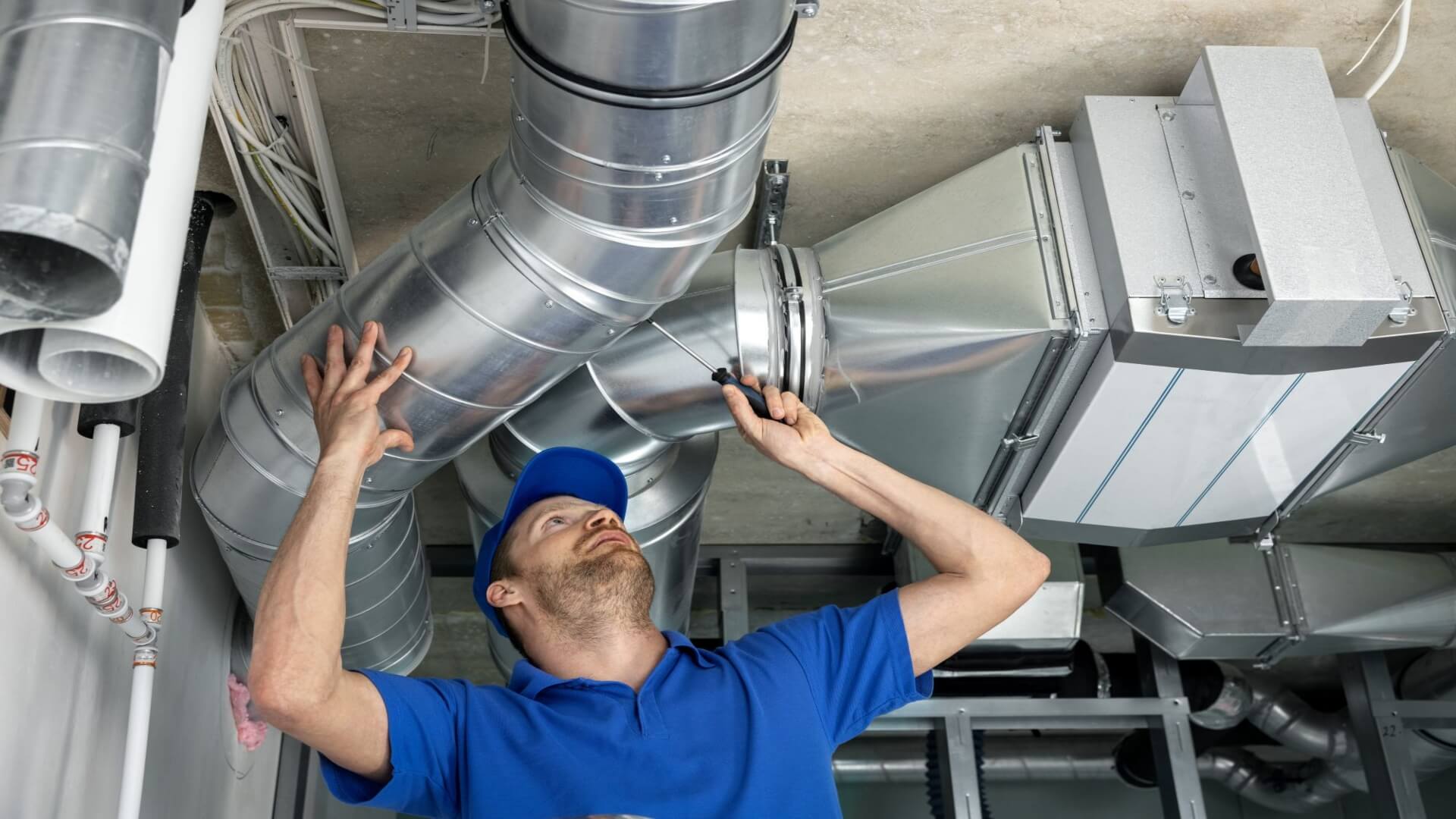The HVAC industry is continuously evolving, fuelled by technological advances and increasing energy efficiency and sustainability demands. Keeping up with these changes and ensuring optimal operations can be challenging for service providers. Therefore, streamlining HVAC operations becomes paramount to drive efficiency, reduce costs, improve service delivery, and enhance customer satisfaction.
With that in mind, here are seven key steps to streamlining your HVAC operations:
1. Incorporate HVAC Software
Various technological advancements have arisen in today’s digital era; among them is HVAC software. This tool works to automate numerous tasks, cutting down on paperwork, simplifying processes, and boosting efficiency. For instance, it makes scheduling and dispatching straightforward, enabling swifter response times.
Beyond that, HVAC software takes on critical administrative tasks, including invoicing and customer relationship management. Such capabilities lower the risk of human errors that may lead to costly repercussions. By saving time spent on manual processes, your team has more freedom to focus on delivering excellent customer service. Embracing this software can considerably bolster your productivity and bottom line.
2. Invest In Regular Training
In the rapidly evolving HVAC industry, regular training for your team is more than an investment—it’s a necessity. This continuous education keeps your team at the forefront of the latest industry trends and technologies, all while improving their skills and the quality of service they provide.
Moreover, regular training nurtures a culture of learning and growth, lifting staff morale and retention. An up-to-date, well-trained team means greater customer satisfaction, ensuring that your crew can expertly handle various HVAC issues and offer top-notch services.
3. Establish Preventive Maintenance Programs
Preventive maintenance programs are vital to the efficiency and longevity of HVAC systems. These programs, encompassing regular checks and maintenance, ensure that HVAC equipment functions at its best while preventing unexpected breakdowns. Regular inspections allow potential issues to be spotted and remedied early, bypassing costly emergency repairs and system downtime.
In the long run, preventive maintenance extends the lifespan of HVAC systems, sparing your clients’ significant replacement costs. Such programs also give your clients peace of mind, knowing their HVAC systems are in top-tier condition.
4. Use Energy-Efficient Equipment
As the global focus shifts towards sustainability, incorporating energy-efficient equipment into your HVAC services is a step in the right direction. Such equipment uses less energy to achieve the same or even superior performance levels than standard units. This results in decreased energy consumption, which benefits the environment and your client’s utility bills.
An energy-efficient HVAC system offers significant savings over time, enhancing customer satisfaction. Plus, providing energy-efficient solutions can set your business apart in a competitive market. Educating your clients about these benefits is crucial, empowering them to make informed decisions and appreciate the value of energy-efficient HVAC systems.
5. Manage Inventory Effectively
Smooth HVAC operations require effective inventory management. This involves tracking all parts and equipment, ensuring you’re always ready when needed. This minimizes service delays and lifts customer satisfaction. Advanced inventory management software can help with this task, enabling you to monitor stock levels, spot usage trends, and predict future demand.
Proper inventory management ensures you’re always ready for any job, avoiding last-minute scrambles for parts or equipment. Moreover, it helps you avoid overstocking, thereby cutting costs.
6. Adopt Sustainable Practices
Sustainability is increasingly becoming a key consideration in today’s world. For HVAC operations, adopting sustainable practices can offer substantial benefits. This includes using eco-friendly products and equipment, reducing waste, recycling, and promoting energy-efficient systems to clients. Using environmentally friendly products and reducing waste contributes to preserving the environment while potentially saving costs.
7. Monitor Key Performance Indicators (KPIs)
Keeping a close eye on Key Performance Indicators (KPIs) is vital in assessing the success and efficiency of your HVAC operations. KPIs are quantifiable measures that help you track performance and pinpoint areas that need enhancement. For example, customer satisfaction scores can provide insights into how well your services are being received. At the same time, metrics like average job completion time and first-time fix rates shed light on operational efficiency.
Consistent analysis of these KPIs allows you to spot trends, tackle challenges, and refine strategies to elevate service delivery. Plus, tracking KPIs assists in setting realistic goals and measuring your progress towards them.
Conclusion
In a swiftly evolving HVAC landscape, achieving operational efficiency is critical. Streamlining your operations prepares your business to provide stellar services, adapt to changes, and remain competitive. By leveraging technology, investing in your team, and prioritizing customer satisfaction, you can guide your business along a path of continuous growth and improvement.
Remember, sustainability is no mere trend but a vital part of today’s world. Prioritize sustainable practices to contribute positively to the environment and appeal to eco-conscious customers. With these strategies in action, you’ll refine your HVAC operations and build a robust business poised to stand the test of time.


































